Exclusive images and footage of children in detention on Nauru Island
THESE are the unseen children of Nauru’s detention centre finally revealed — the young faces refugee advocates will use to publicise a new attempt to change Australia’s immigration policy.
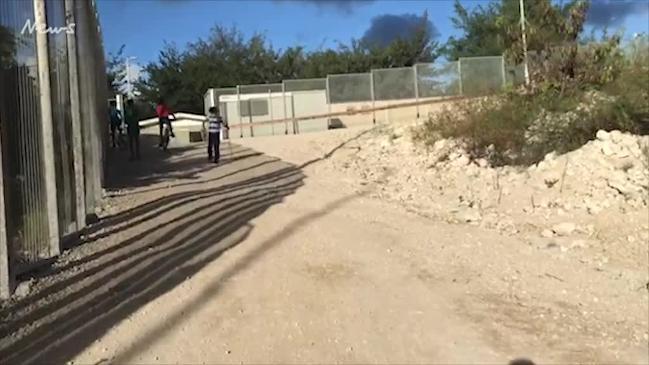
NSW
Don't miss out on the headlines from NSW. Followed categories will be added to My News.
THESE are the unseen children of Nauru’s detention centre finally revealed — the young faces refugee advocates will use to publicise a new attempt to change Australia’s immigration policy.
In the past five years more than 40 stateless babies have been born to asylum seekers in the offshore processing centre — the compound their parents have lived in since they arrived in Australia by boat under the soft border protection policies of the Rudd-Gillard-Rudd governments.

Exclusive photographs and video, taken on behalf of World Vision, show the Nauru-born children, now aged up to five, playing on the rocky remnants of a phosphate mine and staring through the wire fences of the camp.
Other pictures capture boys and girls playing with some of their donated toys including plastic blocks, a colouring book and a doll.
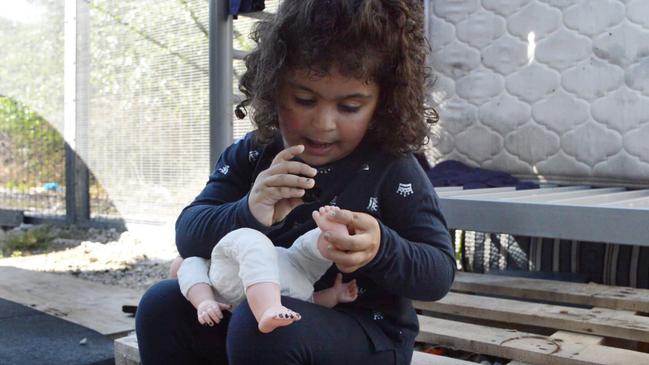
In total, there are 119 children on Nauru. World Vision claims 85 per cent of the families who live there have been deemed refugees.
The charity is launching a campaign today in a bid to get them off the island, releasing the pictures to back up its claims that the kids in the camp live in mouldy tents and rely on dirty bathroom facilities. It also suggest some are suffering recurring respiratory problems and skin allergies.

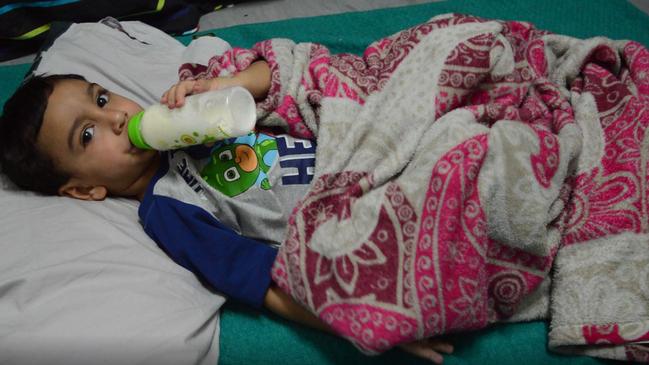
One mother, in answer to emailed questions, said her two-year-old son George (not his real name) is smart and loves to play but she worries he is not getting the best start in life.
“Any noise makes him scard (sic) and he screams,” the woman wrote. “He is a nervous boy, he cryes (sic) too much. I think he doesn’t growing (sic) up normally.
“He has too allergic skin from he (sic) born on Nauru. Nauru weather isn’t good for him because this island make (sic) from phosphate.”
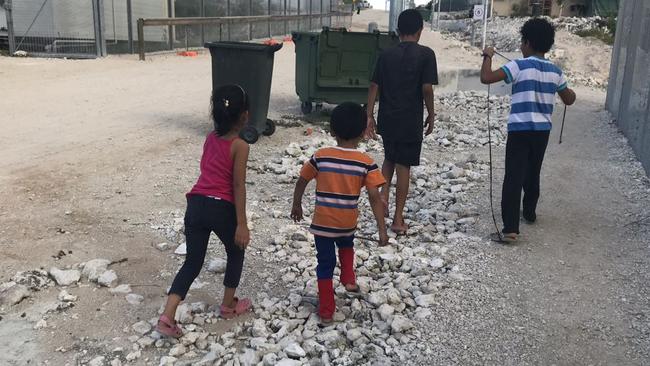

She said the tents and fences reminded her of the conflict and persecution she claims she was forced to flee.
The children’s families were among the last groups to arrive by boat and be sent for processing offshore before the Coalition’s policy to “stop the boats”, which successfully broke the people smugglers’ trade to Australia and stopped hundreds of other would-be asylum seekers drowning in the process.
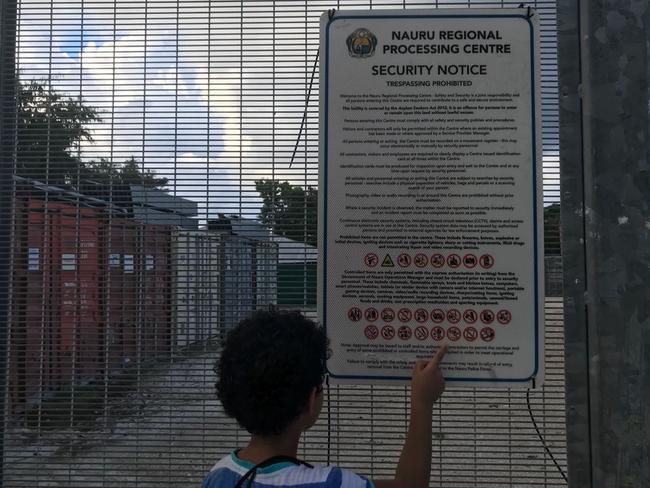
Asked how many children are on Nauru and how many of them were born there, Peter Dutton’s Home Affairs Department did not answer, but it flagged no softening in its successful policy which has stopped the boats.
“The Australian government’s position has not changed, these individuals will never come to Australia,” a spokeswoman for Home Affairs said.
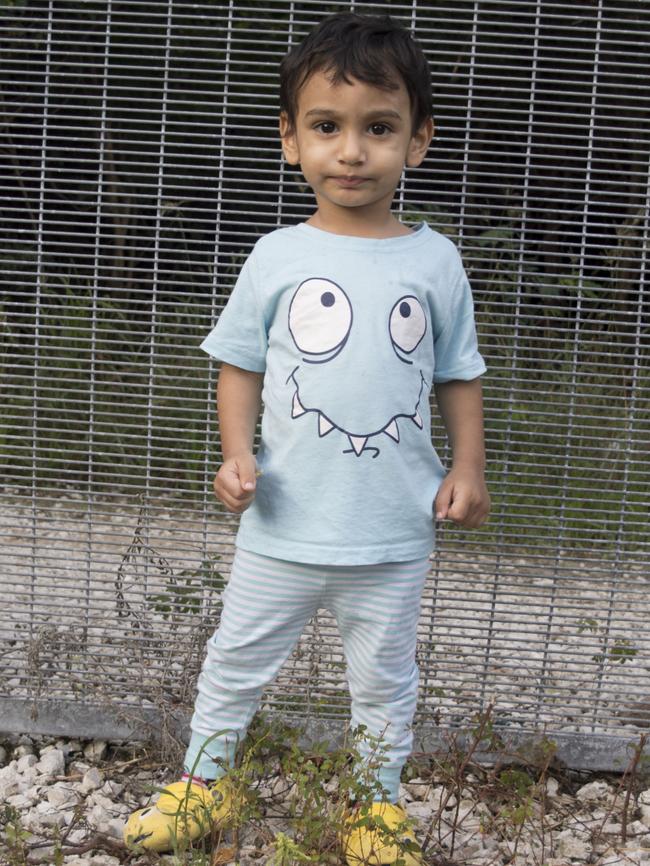
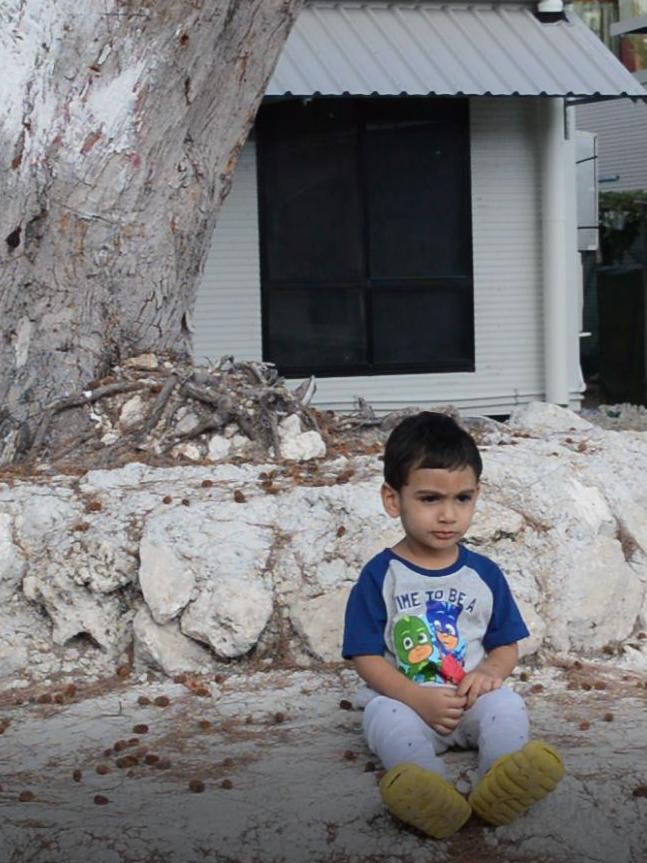
The government announced in 2016 that the last of more than 8000 children locked up in Australian mainland immigration detention centres under the Rudd and Gillard Labor administrations had been released.

But while the government publishes data on detention centres, the children on Nauru are not counted because they are not considered “detained” as they are not locked up and are able to attend school.
“You don’t need a fence to put someone in detention, you just take away their liberties,” World Vision chief executive Claire Rogers said.
“Most of these children have be caught up in the government’s decision that no child or person that arrives by boat can come to Australia. No parent would let their child grow up like this, in these conditions.
“We have removed their liberty, put them on a phosphate rock the size of Melbourne airport in a community that doesn’t want them.”

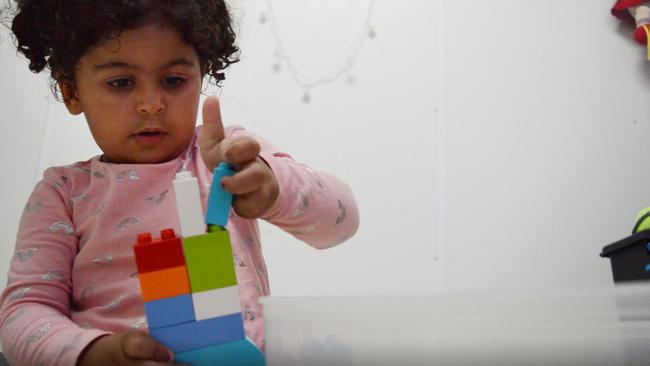
The federal court has, on seven occasions, ordered people from the island be transferred off for medical treatment, with one recent case of a mother and her son travelling to Taiwan for hospitalisation.
Under regional processing deals the refugees can apply to resettle in the United States or Cambodia, the spokeswoman said.
The US has agreed to resettle about 1200 refugees.
So far only 371 people from Nauru and Manus, another regional processing centre, have been resettled in the US, the spokeswoman said
